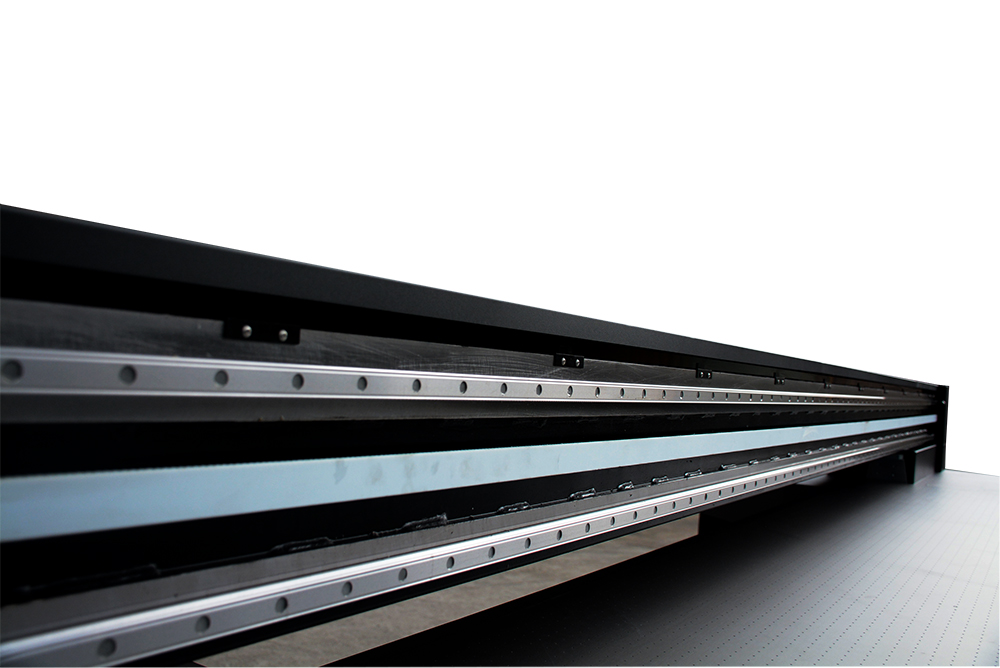What is the Role of ICC Profiles in UV Flatbed Printing?
In the realm of digital printing, particularly UV flatbed printing, achieving accurate and consistent color reproduction is paramount. Whether you’re printing high-resolution graphics on signage, decorative items, or packaging materials, the ability to match colors precisely can make or break the visual appeal and professional quality of the finished product. This is where ICC profiles come into play. But what exactly are ICC profiles, and what role do they play in UV flatbed printing?
Understanding ICC Profiles
ICC, or International Color Consortium, profiles are a set of data that describe the color characteristics of a particular device or medium. These profiles are essential for ensuring that colors remain consistent across different devices, such as cameras, monitors, printers, and even different types of paper or ink. In the context of UV flatbed printing, ICC profiles help bridge the gap between the digital file’s color information and the physical output produced by the printer.
At its core, an ICC profile is a mathematical representation of how a device captures or reproduces color. It maps the device’s color space to a standard color space, such as CIELAB (a color space defined by the International Commission on Illumination), which is device-independent. This mapping allows for a more accurate translation of colors from one device to another, even if they have different color capabilities.

The Importance of ICC Profiles in UV Flatbed Printing
UV flatbed printers are known for their versatility and ability to print on a wide range of substrates, from rigid materials like metal and glass to flexible materials like vinyl and fabric. However, each substrate can interact with the ink and UV light differently, affecting the final color output. ICC profiles are crucial in this scenario for several reasons:
Color Accuracy: Without an ICC profile, the colors in your digital file may not match the colors printed on the substrate. This can lead to disappointing results, especially if you’re working on a project where color accuracy is critical.
Consistency: ICC profiles help ensure that the same color is reproduced consistently across multiple prints and even on different printers. This is particularly important for businesses that need to maintain a consistent brand image.
Efficiency: By using ICC profiles, printers can avoid the time-consuming and costly process of trial and error to achieve the desired color output. Instead, they can rely on the profile to guide the printing process.
Device Independence: ICC profiles allow designers and printers to work with colors that are device-independent. This means that a color created on one device can be accurately reproduced on another, even if they use different technologies or color spaces.
How ICC Profiles are Created
Creating an ICC profile for a UV flatbed printer involves a series of meticulous steps:
Measurement: The first step is to measure the color output of the printer on the specific substrate being used. This is typically done using a spectrophotometer, a device that can measure the color of a printed sample with high precision.
Data Collection: The spectrophotometer collects color data from a series of printed patches, which represent a wide range of colors within the printer’s color gamut.
Profile Generation: The collected data is then used to generate an ICC profile. This process involves complex algorithms that map the printer’s color space to the CIELAB color space.
Verification: Once the profile is generated, it’s important to verify its accuracy. This can be done by printing a test chart and comparing the printed colors to the original digital file.
Optimization: If necessary, the profile can be optimized to improve color accuracy and consistency. This may involve adjusting the printer settings or re-measuring the color output.
Implementing ICC Profiles in UV Flatbed Printing
Using ICC profiles in UV flatbed printing is relatively straightforward once the profiles are created. Most professional printing software, such as RIP (Raster Image Processor) software, supports ICC profiles. Here’s a general outline of the process:
Select the Profile: Choose the appropriate ICC profile for the substrate and printer you’re using.
Apply the Profile: In your printing software, apply the ICC profile to the digital file you’re preparing to print.
Print: The software will use the profile to adjust the colors in the digital file to ensure they match the intended output on the specific substrate.
Quality Control: After printing, inspect the output to ensure that the colors are accurate and consistent. If necessary, make adjustments to the profile or printer settings.
Challenges and Considerations
While ICC profiles are essential for achieving accurate and consistent color in UV flatbed printing, there are some challenges and considerations to keep in mind:
Substrate Variability: Different batches of the same substrate can have slight variations in color absorption and reflection. This can affect the accuracy of the printed colors, even when using an ICC profile.
Printer Calibration: Regular calibration of the UV flatbed printer is necessary to ensure that it’s operating within specified parameters. Changes in printer settings or performance can affect color accuracy.
Profile Aging: Over time, ICC profiles may become less accurate as the printer’s performance changes or as new substrates are introduced. It’s important to periodically review and update profiles as needed.
Software Compatibility: Ensure that your printing software supports ICC profiles and is compatible with the profiles you’re using.
Conclusion
In summary, ICC profiles play a critical role in UV flatbed printing by ensuring color accuracy, consistency, and device independence. They bridge the gap between the digital file’s color information and the physical output produced by the printer, allowing designers and printers to achieve the desired color results efficiently and effectively. While there are challenges and considerations to keep in mind, the benefits of using ICC profiles in UV flatbed printing are clear. By investing the time and resources to create and maintain accurate profiles, businesses can improve the quality of their printed products and maintain a consistent brand image.
